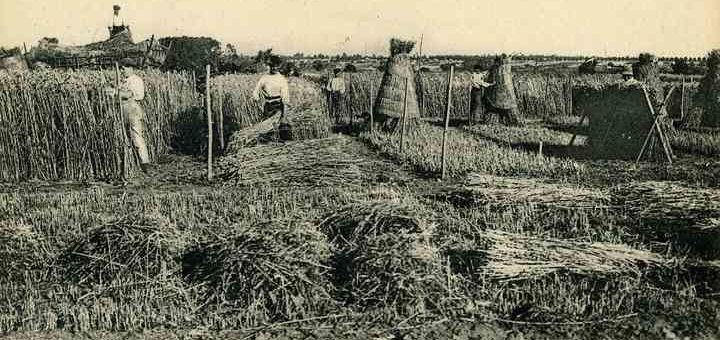Thix is a summary from Hubert Chiron talk during the last AGM
Millers have by no means always had regular access to pure wheat varieties in order to develop their prototype! For generations, they took whatever was growing in the vicinity of the mill and locally sourced wheats were more or less used randomly, the usual practice being to combine whatever blends were at hand.
With the advent of industrial milling, the highly regulated use of foreign wheat has also served to highlight the potential weakness of local wheats. It seems the very first wheat quality survey was performed in 1922 by Mr Arpin. There was already heated debate about the idea of bread-making quality being attributed to individual wheat varieties.
The idea of matching wheat variety to soil type quickly became apparent. Varieties such as Vilmorin 27, Cappelle, Moisson, Capitole, Hardi, Camprémy and Soissons Apache were in very high demand by millers. From the classification of French hard wheat varieties, Florence Aurore, Talisman, Dr Mazet, Rex, Prinqual and Galibier were also best sellers. Following the introduction of wheat varieties such as Maris HunstMan and Clément in 1974, which are hyper-yielding but unsuitable for bread-making, the milling industry would now require a much more accurate knowledge of pure varieties, with the millers themselves determining the composition of the blends purchased from storage agencies.
The concept of wheat categories, first of all superior bread-making wheats, then BPMF varieties (French Milling Industry bread-making wheats) was to become an important feature of business transactions.


